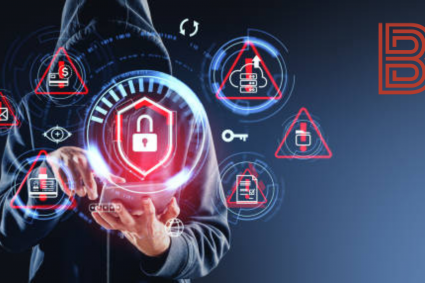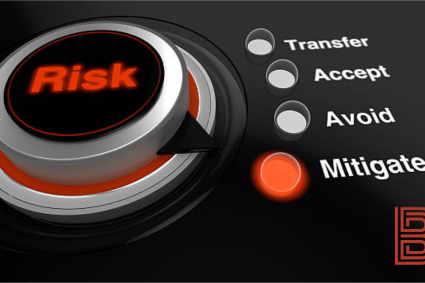
In the realm of cryptography, a private key is an essential component, used to decrypt messages encrypted with a corresponding public key and to sign digital transactions. Ensuring the security of private keys is crucial, as their compromise can lead to unauthorized access, data breaches, and financial loss.
Effective private key protection involves several best practices. Firstly, keys should be generated and stored in secure environments, such as hardware security modules (HSMs) or trusted platform modules (TPMs), which are designed to prevent unauthorized access and tampering. These devices offer a robust layer of security by isolating the keys from the rest of the system and requiring multiple forms of authentication to access them.
Encryption of private keys at rest is another critical measure. This involves encrypting the private keys themselves with a strong encryption algorithm, ensuring that even if the storage medium is compromised, the keys remain inaccessible without the decryption key. Additionally, keys should never be stored in plain text or in locations that are easily accessible to unauthorized users.
Access controls are also paramount. Only authorized personnel should have access to private keys, and this access should be tightly controlled and monitored. Implementing multi-factor authentication (MFA) adds an extra layer of security by requiring multiple forms of verification before access is granted.
Regular key rotation is a proactive measure to limit the risk associated with key compromise. By periodically changing the keys and retiring old ones, the potential impact of a key being exposed is minimized. This practice should be complemented by a robust key management policy that outlines the procedures for key generation, storage, rotation, and disposal.
Moreover, auditing and logging are essential for tracking access and usage of private keys. This allows for the detection of any unauthorized attempts to access or use the keys and facilitates incident response activities.
Finally, employee training and awareness are critical components of private key protection. Personnel should be educated on the importance of key security and the best practices for handling and safeguarding keys. Regular training sessions and updates on emerging threats can help maintain a high level of vigilance and compliance.
Private key protection in cyber risk management is a multifaceted approach that involves secure storage solutions, encryption, stringent access controls, regular key rotation, auditing, and continuous education. Implementing these measures helps safeguard private keys, ensuring the integrity and confidentiality of sensitive data and systems.
WWW.BARETZKY.NET




















